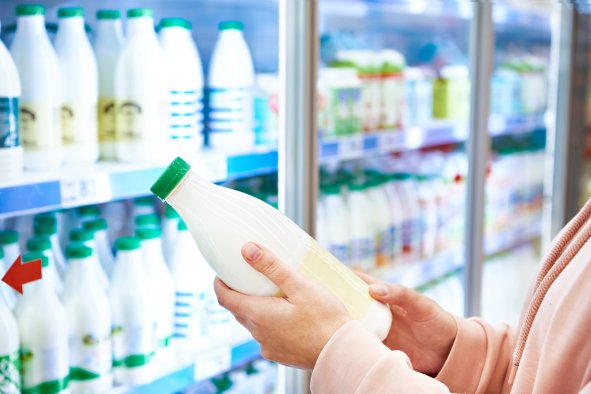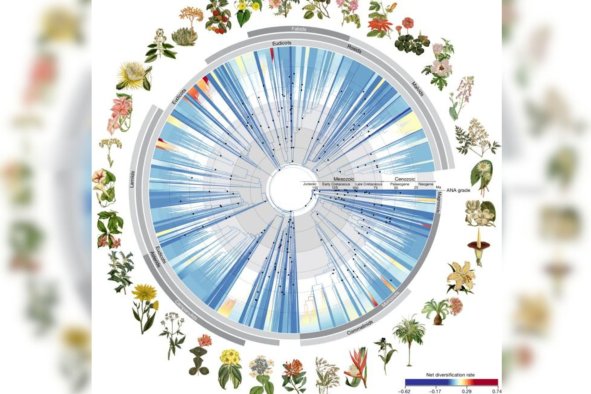If you struggle to eat your veggies and want to save the planet, there might be a solution.
According to the U.S. Centers for Disease Control and Prevention (CDC), only one in 10 American adults eat the recommended amount of vegetables. Not only is a plant-heavy diet good for our health, but it cutting down on animal products is also good for the planet.
"Most people don't change the way they eat just for the sake of the climate," Ole G. Mouritsen, professor emeritus of gastrophysics and culinary food innovation at the University of Copenhagen's Department of Food Science, said in a statement. "To really get things going, I think that every meal needs to be prepared to satisfy our sense of taste. [But] vegetables lack the sweetness and umami that we've been evolutionarily encoded to crave."
So what can we do to give our "boring" veggies more umami while still helping the planet?
"I would routinely in my own kitchen use bivalves [like blue mussels], cephalopods [like squid], seaweed, roe [from ordinary fish like herring and flat fish], and from time to time sprats," Mouritsen told Newsweek.
He added: "We overlook the most readily available, and in many cases, most sustainable food sources with umami taste in them—namely fish, seaweed, shellfish, molluscs and other seafoods. If the right species are chosen, we can use them as climate- and environmentally-friendly protein sources that are also effective umami flavorants for vegetables."
In a new study, published in the International Journal of Gastronomy and Food Science, Mouritsen used mathematical calculations to determine the power of umami in a wide range of seafoods to demonstrate their taste potential.
"Umami can be plugged into a formula because we know exactly how the taste receptors in our taste buds pick up on umami at the molecular level," he said. "And while some people will probably debate the formula's accuracy, it doesn't matter. Whether the umami concentration in shrimp, for example, is 9,000 or 13,000 mg/100 g is not critical, as each is much greater than 30 mg/100 g, which is the taste threshold for umami."
The list of umami-rich seafood is long, including everything from mackerel to shrimp, seaweed and anchovies. Many of these foods are also rich in Vitamin B12 and polyunsaturated fats, which are often missing from vegetables. And you don't need much to get these flavors.
"[You only need] tens of grams, properly prepared, even less when the stuff is fermented [like fish sauce]," Mouritsen added. "My vision is that we add something from the animal kingdom that really boosts taste, so that we can make do with very small amounts – but enough to provide flavors that vegetables can't.
He continued: "Here, it is obvious to use raw materials from the sea that can be sustainably made the most of. This includes species that are not overfished, species that are wasted as bycatch, or species that are not consumed by humans [...] I think that a more informed knowledge [science based] of how to get umami from marine food sources will help many more people to eat much more green."
Disclaimer: The copyright of this article belongs to the original author. Reposting this article is solely for the purpose of information dissemination and does not constitute any investment advice. If there is any infringement, please contact us immediately. We will make corrections or deletions as necessary. Thank you.



